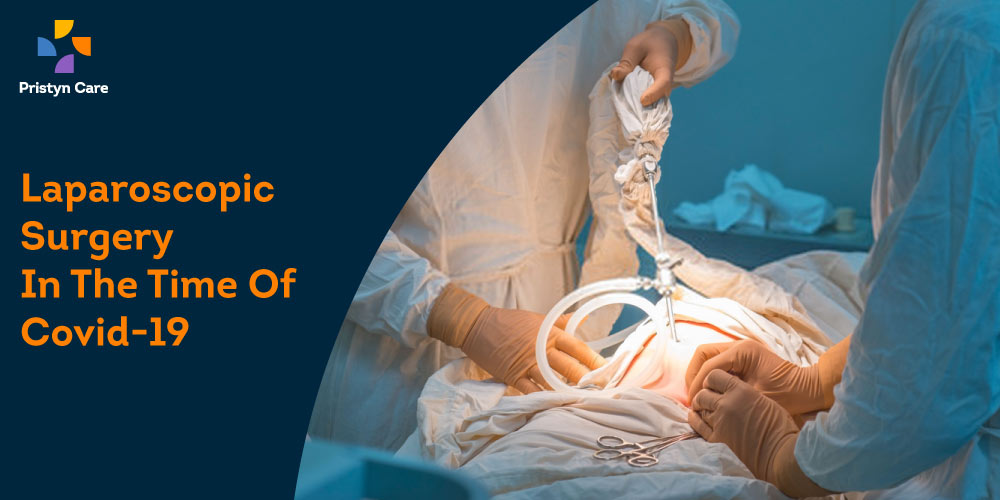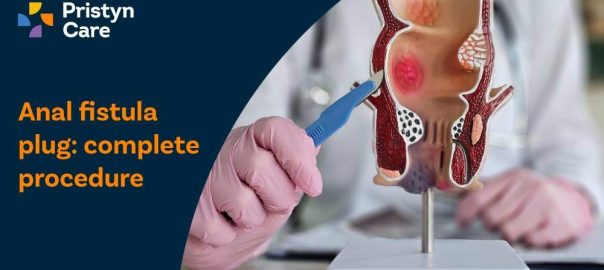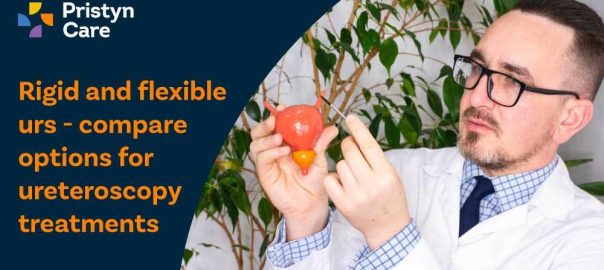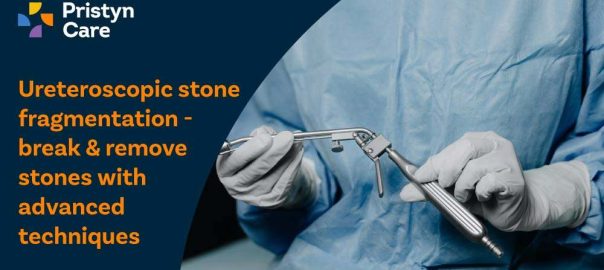![]() Views: 155
Views: 155
Laparoscopic Surgery in the Time of Covid-19
Dedicated Support at Every Step!
Our Doctors are available 24 hours a day, 7 days a week to help you!
Laparoscopic surgery - an overview
The healthcare industry has been the epicentre of the global coronavirus pandemic. With the second wave of Covid-19 in India, hospitals all over the world have reduced their number of elective surgeries.
Amidst the global pandemic, there's been an ongoing debate whether laparoscopic surgeries are safe or unsafe. Since the SARS-CoV-2 is most transmitted through respiratory droplets, the risk of transmission significantly increases during surgical procedures. This article intends to evaluate and establish the risk of contamination and spread of Covid-19 during laparoscopic procedures and state the safety guidelines to minimize the risk.
The popularity of minimally invasive surgeries is largely due to the documented advantages that it offers, such as rapid post-surgery recovery, short hospitalization, higher surgical precisions, and less bleeding. Most benign surgeries for gynaecology and gastroenterology is currently performed with laparoscopy and there is no denying the advantages that it offers,
No Cost EMI, Hassle-free Insurance Approval
Laparoscopic surgery and covid contamination in operation theatres
There are no evident reports that state the definite route of transmission of virus or the surgical team inhalation and contamination of any virus from patients during laparoscopic surgery. But a few published reports state the possibility of contamination in the operation theatres.
Studies state that whole contaminated cells can be transmitted as aerosols in the pneumoperitoneum during laparoscopy via the smoke produced by cauterization. There are also studies that have found the concentration of the virus in the peritoneal fluid, which could get transmitted during gastrointestinal laparoscopic surgery.
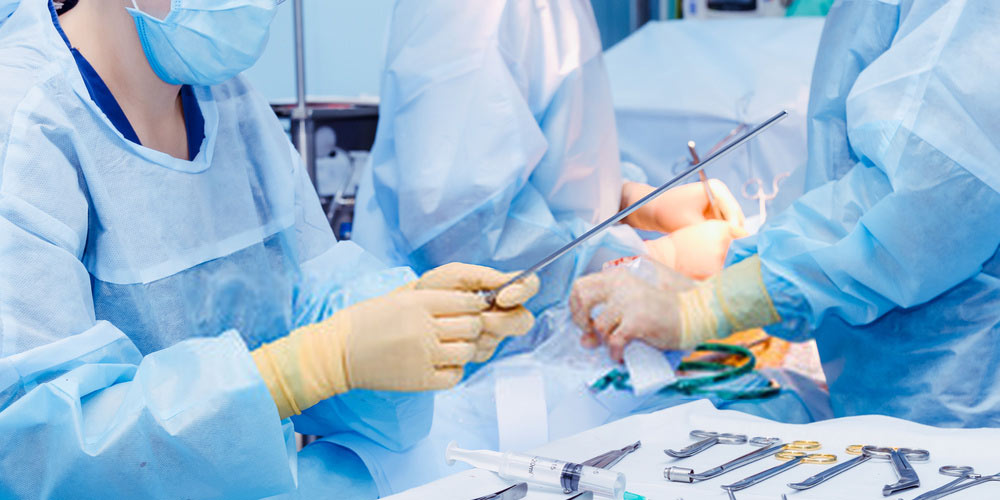
According to a study published in the Journal of Laparoendoscopic & Advanced Surgical Techniques, pneumoperitoneum (the presence of air gas in the abdominal cavity) created during laparoscopy leads to a relatively stagnant heated volume of gas that may subsequently allow for concentrated aerosolization of the virus. Thus, sudden bursts of this pneumoperitoneum from trocar valves during an exchange of instruments or during the venting of trocars can allow for the transmission of the virus from one person to another.
Severe acute respiratory syndrome coronavirus (SARS-CoV-2) is most likely to get transmitted via respiratory droplets, and the risk of transmission is quite high in endoscopy, bronchoscopy, laparoscopy and laryngoscopy.
The incubation and the extubation can pose the maximum risk since the viral load is comparatively higher in respiratory secretions. In the case of laparoscopic surgeries, the concern was high regarding the generation of aerosols infected with SARS-CoV-2 which could be leaked from the smoke generated from the energy devices used for the surgery. This concern was raised after it was found that the RNA of the Covid-19 virus can be found in the gastrointestinal mucosa. Earlier, the presence of Hepatitis B, HIV and HPV were also detected in the smoke which was produced during the surgeries. A molecular study of SARS-CoV-2 has found its presence in the following percentage:
- gastrointestinal tract blood (1–15%)
- faeces (29%)
Medical guidelines to ensure safety against Covid-19 during laparoscopic surgeries
Although the exact association of laparoscopic surgery and Covid-19 contamination in operation theatres is yet to be established, the virus continues to be a threat for one and all. It is imperative for the medical community to follow guidelines to ensure minimal risks for both the surgeon and the patients.
The Society of American Gastrointestinal and Endoscopic Surgeons (SAGES), The European Association for Endoscopic Surgeons (EAES), Association of Minimal Access Surgeons of India (AMASI), Indian Association of Gastrointestinal Endoscopic Surgeons (IAGES) have jointly suggested that healthcare organisations should consider non-operative management of diseases for the time being, if possible.
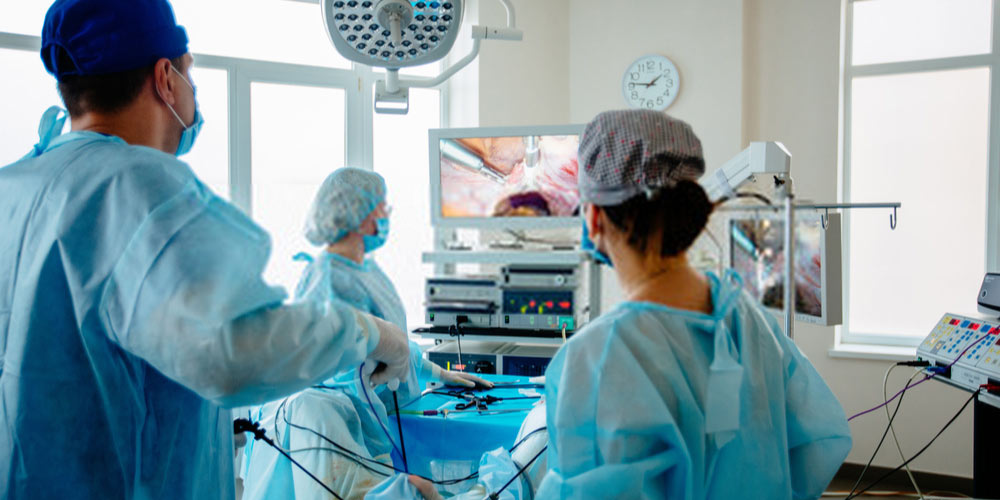
Patients should be asked to submit details of their clinical examinations, travel history, and any contact with a person infected with Covid-19. RT-PCR test should be done in every patient before surgery, recommends Society of American Gastrointestinal and Endoscopic Surgeons (SAGES) and The European Association for Endoscopic Surgeons (EAES).
All patients of emergency and elective surgeries should be asked to undergo a chest x-ray or a CECT (contrast-enhanced computed tomogram). Operation theatres should be equipped with negative pressure ventilation to prevent the faster rate of aerosols transmission. Air conditioners in the operation theatres should be started after anaesthesia induction and stopped 20 minutes before extubation.
To cut down the contamination, the surgery rooms should have minimal personnel inside. Patients should preferably be given regional anaesthesia; general anaesthesia should be avoided as far as possible. The duration of the surgery should be kept minimum and the surgical team should enter the OT after 15 minutes of intubation. A minimum 1-hour gap should be considered between two surgical cases. The OT tables and infrastructure should be cleaned with 1% hypochlorite. Additionally, healthcare workers should follow a defined entry and exit sequence. As published in NCBI, it is recommended that the chronological exit order from the operation theatre should be as such:- surgical team - patient after extubation - anesthesia team - and lastly sterilization crew.
While making the incisions, it should be kept in mind that there should be no gap for pneumoperitoneum leak. Surgeons should try to ensure very minimal surgical drains. Specimen removal or protection device removal should be done only after desufflation. If a patient is suspected to have a Covid-19 infection, a very minimum number of people should be involved in transporting him or her from the surgery room to the recovery unit.
Conclusion
Although there is no scientific evidence to support the how and why of the transmission of Covid-19 infection during laparoscopy, the theoretical risk of transmission is there in all. Until the unknown risk becomes known and evident, medical practitioners are of the opinion that taking adequate measures in the operating room while performing laparoscopic surgery is the best decision.



